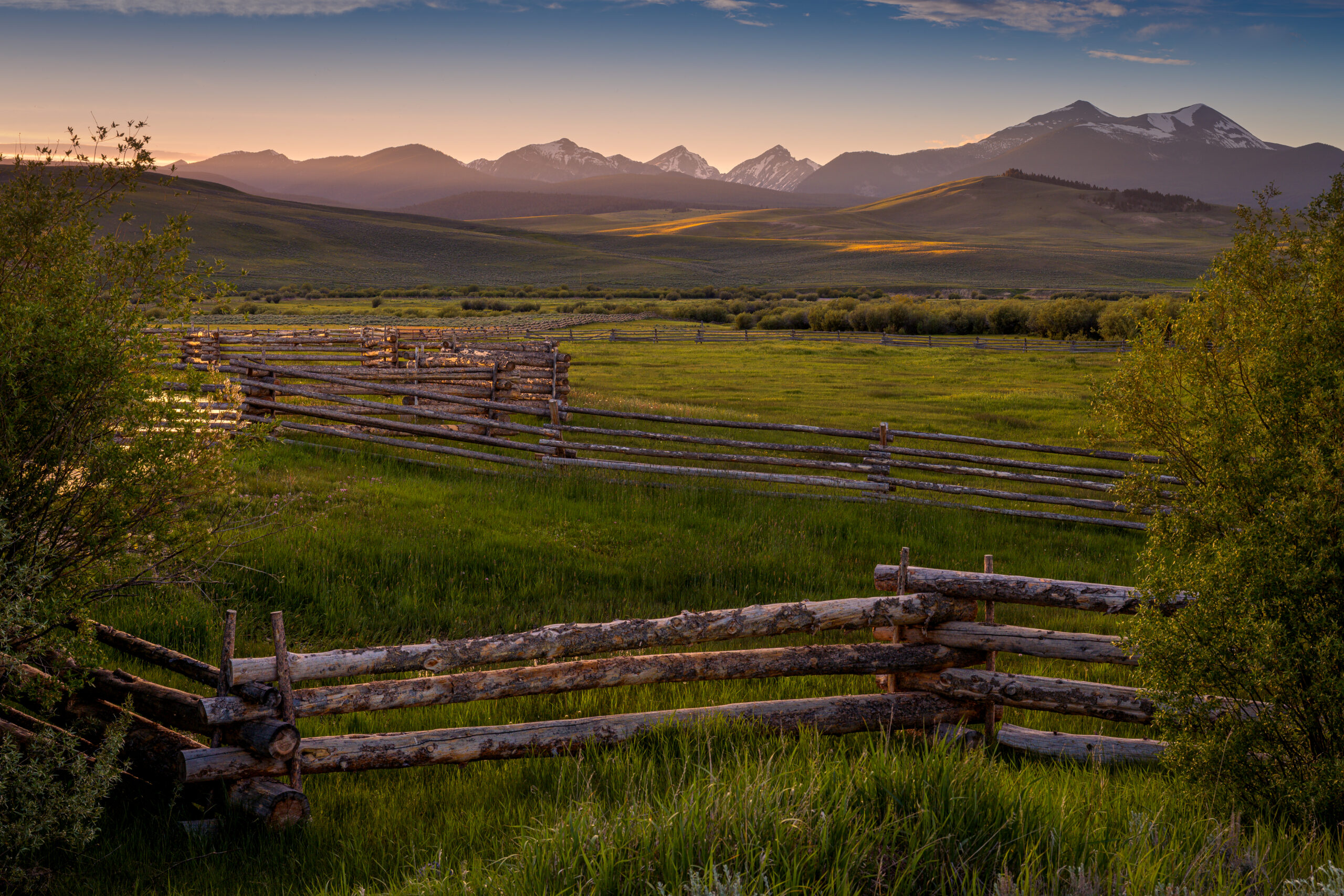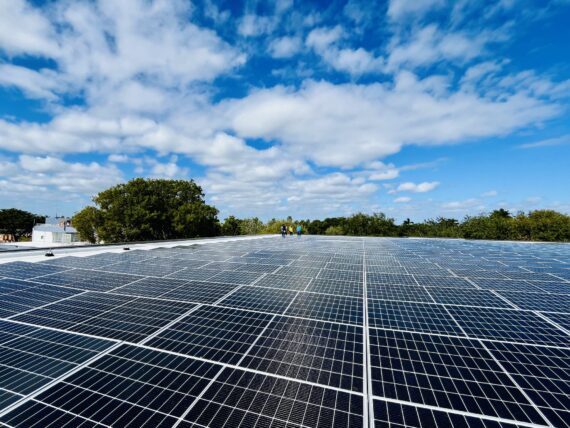Why Montana’s Grasslands Matter for Communities and Climate

In Montana, grasslands play a critical role in environmental health and economic stability. Supporting grassland conservation is not only a matter of preserving natural beauty but is also crucial for maintaining biodiversity, supporting agriculture and combatting climate change. To that end, the Arthur M. Blank Family Foundation has fostered a Land strategy that increases the protection of native grasslands and the adoption of climate-smart agricultural practices across Montana.
The foundation’s Environment senior program officer, Peter Brown, recently toured grassland conservation sites in Montana along with other funders. The group, the Montana Conservation Funders Network, hosts an annual gathering where participants share ideas, build relationships and connect with local nonprofits. 2025 represents the fifth consecutive year that the foundation has participated in this tour.
The Benefits of Grassland Conservation
Through a recent Q&A, Peter Brown reflected on the grassland tour and shared insights on the many ecological and economic benefits of grassland conservation.
Q: Why has the foundation chosen to focus on grasslands?
A: I’ve seen firsthand how vital grasslands are to our way of life. These lands aren’t just scenic views; they support the ranching economy, helping ranchers and tribal communities raise livestock and buffalo. By backing these conservation efforts, we can make our landscapes more resilient, both ecologically and economically, ensuring they thrive for generations to come.
Q: What takes place during the funders’ tour of the grasslands?
A. We gathered for a four-day trip in August to visit Montana’s grasslands with 22 funders representing 15 foundations. We visited four communities, which highlighted how vital grasslands are to them and the many co-benefits they provide when they are well managed. We met with local organizers who bring communities together around grasslands, visited two tribal communities that rely on these lands for buffalo restoration and cultural heritage, and saw how ranching communities depend on grasslands for their livelihoods.
Q: Can you share one or two projects from the tour that inspired you?
A: Two stops on our tour that stood out were the Fort Peck buffalo ranch near Wolf Point and the Matador Grassbank near Malta.
The Fort Peck tribe manages a quarantine and testing facility on their land, where they ensure that buffalo moved from Yellowstone Park are healthy before transporting them to one of the 87 tribal nations that are building their own buffalo restoration programs. This program is in partnership with the Pte’ Group on a beautiful 30,000-acre grassland ranch on the Fort Peck Reservation, where the buffalo are helping to maintain the health of these important grasslands. This ranch and the buffalo transfer program play a vital role in restoring buffalo populations across the West and helping to keep important indigenous culture and food traditions alive.
Twenty-five years ago, The Nature Conservancy turned a 60,000-acre ranch into the Matador Grassbank, an innovative incentive-based grassland conservation program led by local ranchers who commit to conservation outcomes on their ranches in exchange for access to graze their livestock on the Matador Ranch. Since its inception, the Grassbank has collaborated with neighboring ranchers to safeguard and improve the management of the Matador Ranch and an additional 300,000 acres of grasslands in north-central Montana. The Grassbank concept could not have been successful without the combined efforts of many partners, including neighboring ranchers, nonprofit organizations and land management agencies who shared a central vision.
Q: What makes you excited about this work?
A: The most exciting part of my work here in Montana is the chance to connect with passionate stewards of grasslands who value intact landscapes and the many benefits they offer. Grasslands are among the most endangered ecosystems worldwide, and they have been converted at a faster rate than any other terrestrial environment. In this work, I learned that Montana still retains a large portion of its intact grasslands, which are largely managed by private ranches and tribal communities. Protecting what remains of Montana’s grasslands requires partnering with ranchers and tribal communities to achieve conservation success. Empowering these communities and supporting their grassland conservation efforts is very rewarding work.
A Commitment to the Environment
By supporting grassland conservation in Montana, the foundation is helping to preserve a vital natural resource that offers numerous environmental, economic and cultural benefits. This commitment not only aligns with environmental goals but also enhances community well-being and resilience. Investing in Montana’s grasslands is an investment in a sustainable future for the region and its residents.
Click here to learn more about the foundation’s Environment giving area and the goal to reduce climate-fueling emissions by supporting clean electricity and healthy soils.
Photo Credit: Kevin League
Stay Connected
Stay up to date with stories of impact, grants in your neighborhood and other interesting foundation news.
By submitting this form, you are consenting to receive marketing emails from: Arthur M. Blank Family Foundation, 3223 Howell Mill Road, Atlanta, GA, 30327. You can revoke your consent to receive emails at any time by using the SafeUnsubscribe® link, found at the bottom of every email. Emails are serviced by Constant Contact















